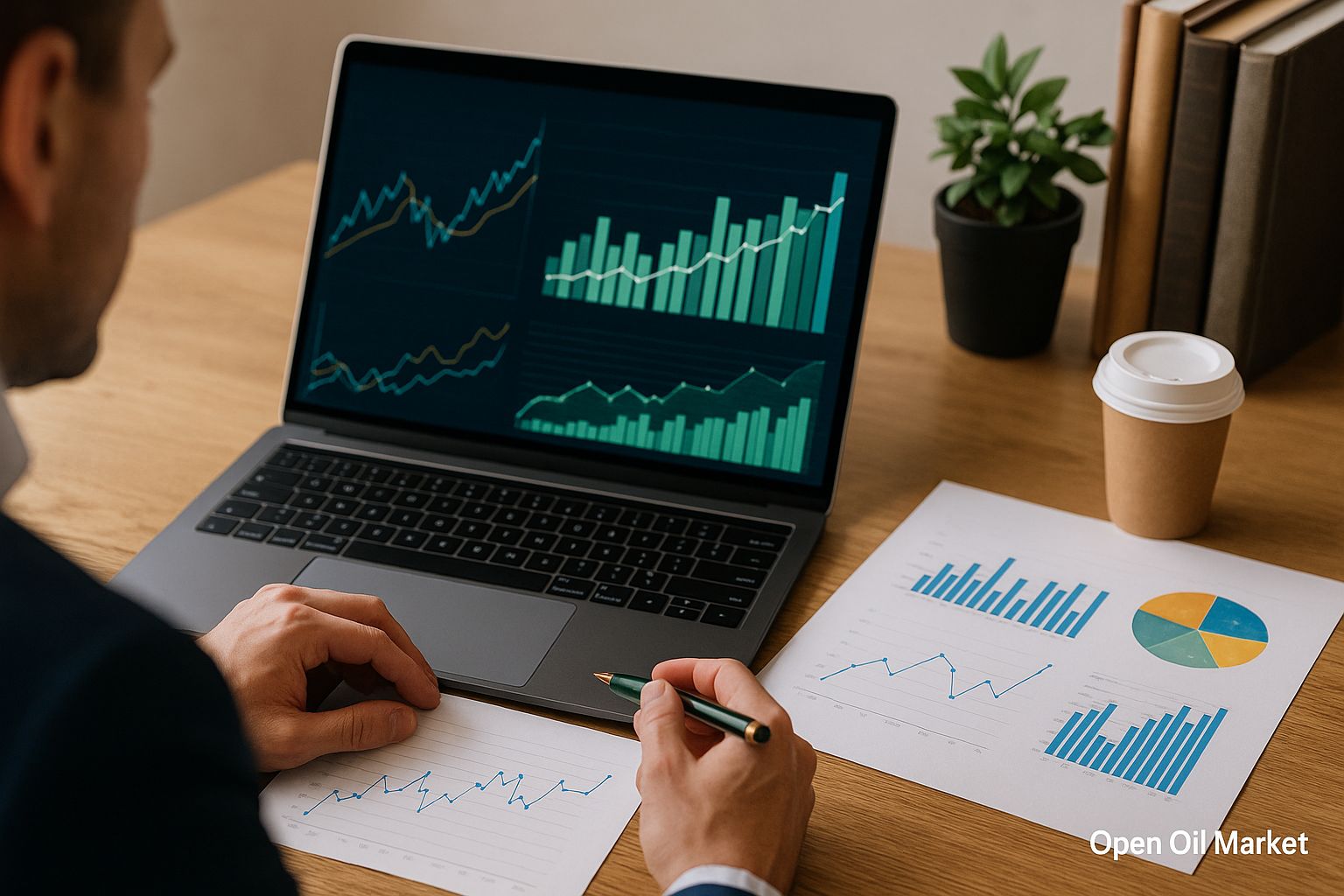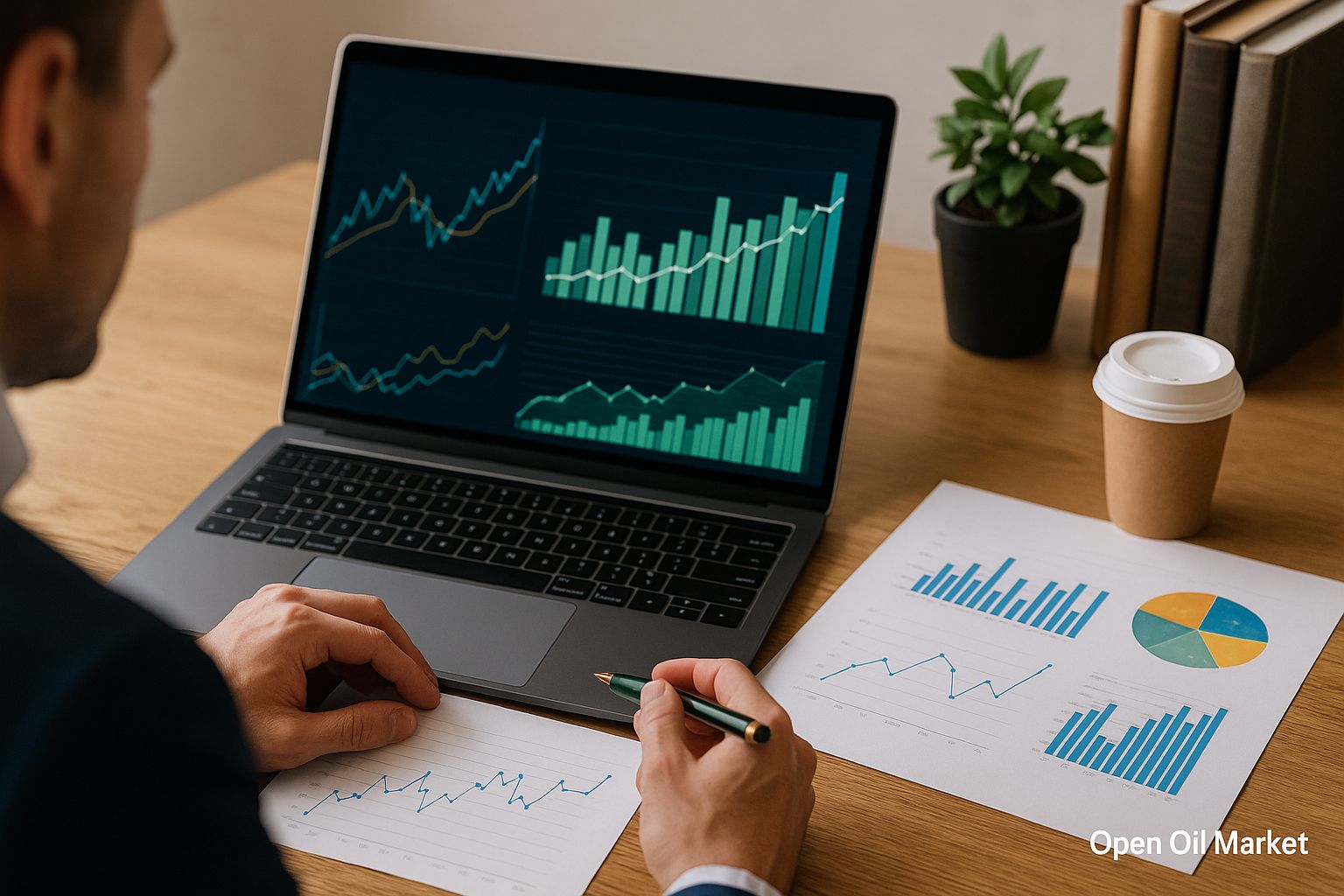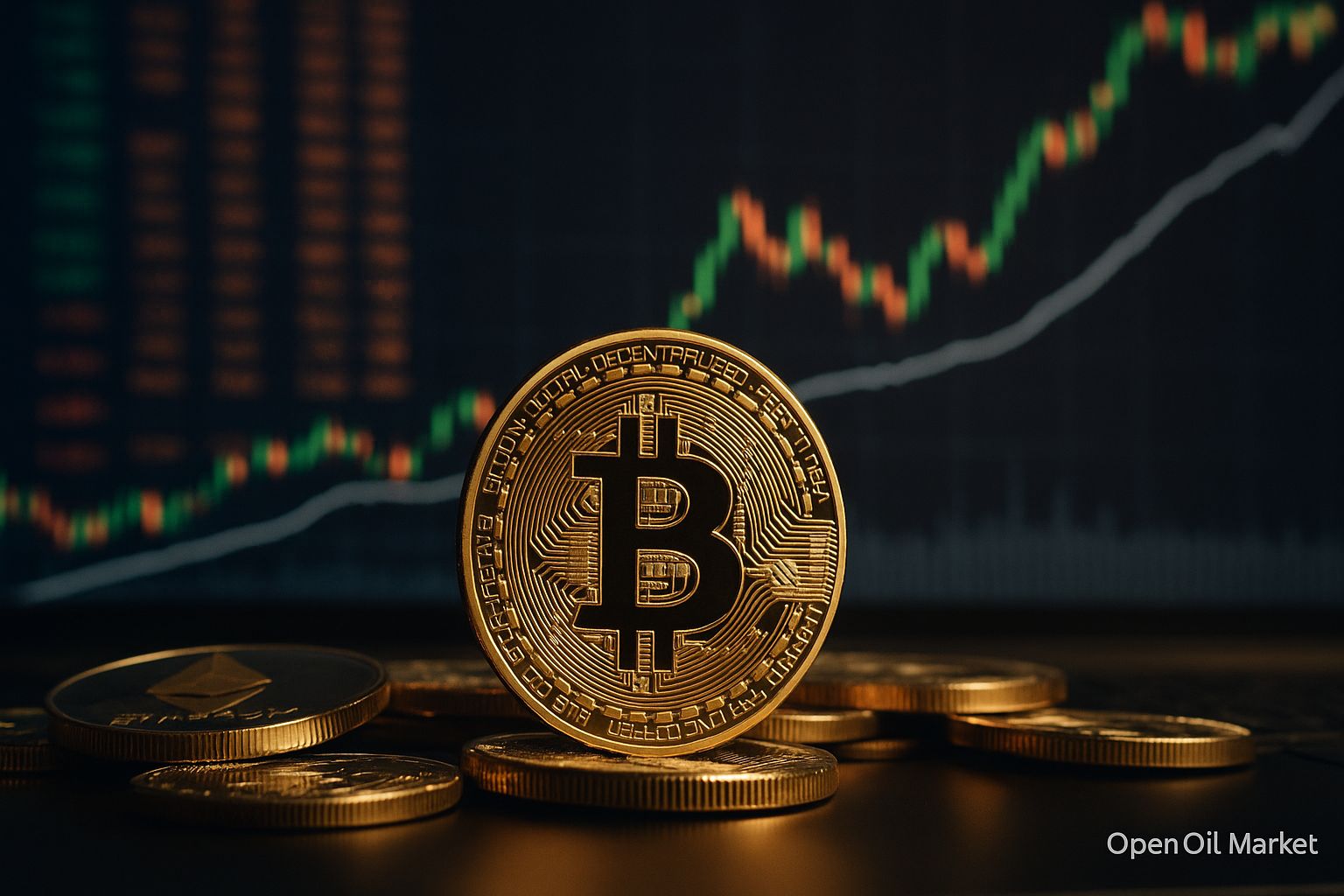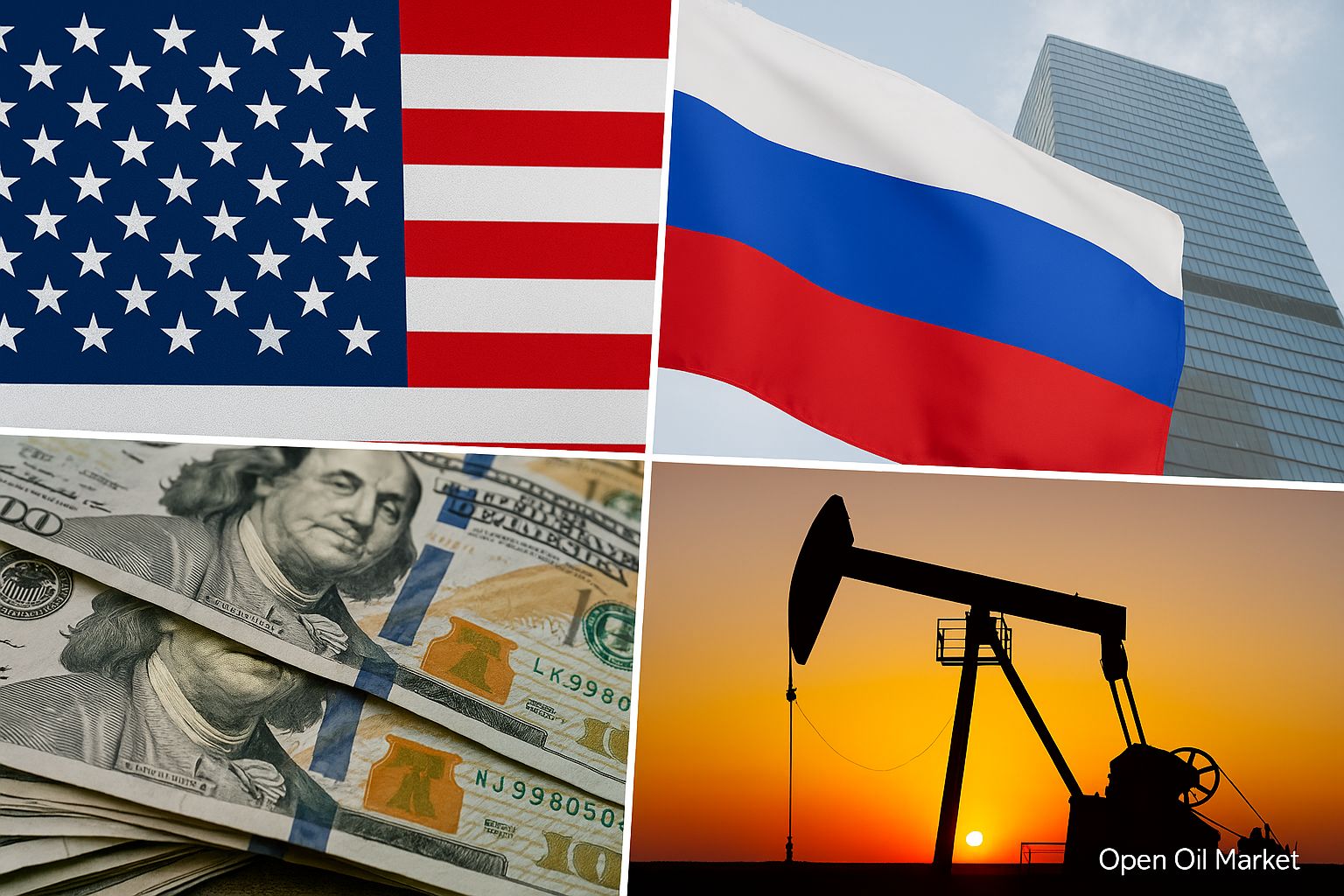
Current News in Startups and the Venture Market as of August 9, 2025: Mega Funds, Record Investments in AI, Successful IPOs, M&A Deals, and Global Trends Important for Investors.
By early August 2025, the global venture capital market is confidently recovering after several years of downturn. Investors around the world are again actively financing technology startups: record deals are being made, and companies' plans for IPOs are once more in the spotlight. Major funds and corporations have resumed large-scale investments, launching new venture programs, while governments of various countries are increasing support for innovative businesses in an effort to keep pace with the global tech race. Preliminary estimates suggest that the first half of 2025 has been the most successful since 2021 in terms of total venture capital investments. In North America alone, the investment volume in startups during this period has surged by approximately 87% (to ~$116 billion) compared to the same timeframe last year, primarily due to mega deals in the artificial intelligence sector. Overall, this positive dynamic signals a return of private capital to the startup market and the beginning of a new cycle of venture growth.
Venture deals are now covering all regions—from Silicon Valley and Europe to Asia, the Middle East, Africa, and Latin America. Particularly high activity is observed in the USA (which accounts for the lion's share of global investments, with a significant portion going into the AI sector) and the Middle East (where the volume of investments in startups reached ~$2.1 billion in the first half of 2025, representing a 134% increase year-over-year). In Europe, there is a reshaping of the landscape: Germany has surpassed the UK for the first time in a decade in terms of venture investments, indicating the strengthening of continental startup ecosystems. In Asia, the situation is heterogeneous: startup financing in China remains weak, while India, Southeast Asia, and the Gulf countries are attracting increasing capital. Even local markets (such as CIS countries) are attempting to catch their wave of growth despite external limitations. The overall picture points towards the emergence of a global venture boom, even though investors continue to approach deals selectively and thoughtfully.
Below are the key events and trends shaping the current agenda of the venture market as of August 9, 2025:
- The ongoing revival of the IPO market. Successful public listings of tech "unicorns" and new applications confirm that the long-awaited "window" for exits remains open.
- Record funding rounds and new "unicorns." Unprecedented investment volumes are raising startup valuations to peak levels, especially in the artificial intelligence sector.
- The return of large investors and mega funds. Leading players are forming record venture funds and increasing investments, once again saturating the market with capital and enhancing risk appetite.
- Diversification of sector focus. Venture capital is being directed not only into AI but also into fintech, climate projects, biotechnology, defense technologies, and even crypto startups, broadening market horizons.
- A wave of consolidation and M&A deals. Major mergers, acquisitions, and strategic investments are reshaping the industry landscape, opening new opportunities for exits and company expansion.
- Global expansion of the venture capital market. The investment boom is covering new markets—from the Gulf countries and South Asia to Africa and Latin America—creating their own technological ecosystems.
- Local focus: Russia and the CIS. Despite restrictions, new funds and initiatives are emerging to develop local startup ecosystems, attracting investor attention to the region.
IPO Market Revives: "Window of Opportunity" for Listings Remains Open
The global initial public offering (IPO) market has come back to life after a lull and continues to gain momentum. In Asia, a new wave of IPOs has been initiated by Hong Kong: in recent weeks, several large tech companies have listed on the stock market, raising billions in total. For instance, Chinese battery manufacturer CATL conducted an IPO raising ~$5.2 billion, demonstrating that investors in the region are once again ready to actively invest in public offerings. Other heavyweights are also on the Hong Kong Stock Exchange: chip developer Montage Technology plans to raise up to $1 billion, underscoring a resurgence of IPO activity on Asian platforms.
In the US and Europe, the situation is also improving. American fintech "unicorn" Chime recently successfully debuted on the stock market: on its first trading day, its shares rose by over 30%, making it one of the largest fintech IPOs of the year. Following its lead, other companies are eager to capitalize on the favorable "window." Medical technology company HeartFlow demonstrated a strong listing with a valuation of around $2.3 billion, confirming high investor demand for new equity issues. The success of these public offerings is inspiring other contenders. The designer platform Figma has also conducted its long-awaited debut: its IPO raised ~$1.5 billion at a valuation of approximately $15-20 billion, with trading starting off robust. A number of well-known startups—including payment service Stripe, social network Reddit, and Indian e-commerce project Meesho—have already filed applications or are preparing to go public in the second half of 2025. This signals that the "window of opportunity" for IPOs remains open longer than expected, and the market can accommodate new listings.
Even the crypto industry is trying to take advantage of the revived IPO market. Crypto exchange Bullish (among its investors is Peter Thiel) has applied for a listing in the US under the ticker BLSH, aiming for a valuation of around $4 billion. This example shows that the IPO resurgence is encompassing the broadest range of companies—from fintech to crypto startups. The continuation of the IPO wave is critically important for the entire venture ecosystem: successful public exits finally give venture funds a chance to realize profitable exits and reinvest released capital into new projects. Despite the ongoing caution among investors, the prolonged "window" is encouraging more startups to consider going public and prepare for listing in advance.
Mega Rounds and New "Unicorns": The Investment Race in AI Sets Records
The artificial intelligence sector remains the primary driver of the 2025 venture boom, setting new records in funding volumes. Investors worldwide are keen to invest in AI leaders, pouring colossal sums into the most promising projects. Almost every week, new mega funding rounds are announced, reaffirming AI's status as the main "magnet" for venture capital. For instance, Elon Musk's startup xAI raised about $10 billion (half from equity capital, half from debt financing) and gained enormous resources for developing its AI platform. Insider estimates suggest xAI's value now exceeds $100 billion, making it one of the most valuable private companies in the world. Industry leader OpenAI also raised $8.3 billion at a valuation of ~$300 billion (this deal is part of the company's plan to raise $40 billion by the end of 2025). OpenAI's round was significantly oversubscribed: the company welcomed new strategic investors, including Dragoneer, which contributed $2.8 billion, with giants like Blackstone and TPG among the participants. The unprecedented scale of this funding underscores the immense market interest in the leaders of the AI industry.
Notably, the investment frenzy is encompassing not only well-known AI companies but also their new competitors. Startup Anthropic, which is developing large language models, is reportedly close to raising up to $5 billion at a valuation of around $150-170 billion—almost three times its previous value, indicating a rapid rise in investor appetites. Investments in AI infrastructure are also noteworthy. American-Israeli startup Vast Data, specializing in data storage systems for AI tasks, is negotiating a multi-billion dollar round at a very high valuation. Investors are willing to put money into the "shovels and picks" of the AI ecosystem, anticipating long-term returns. As a result, these mega deals are spawning a wave of new "unicorns," primarily in the AI segment. It is estimated that in the second quarter of 2025, nearly half of all global venture investments were directed toward AI projects. This intense enthusiasm is ensuring an unprecedented influx of capital into the sector, although experts warn of risks related to overheating in the artificial intelligence market.
The Return of Mega Funds: Big Money Back on the Market
The largest investment players are triumphantly returning to the venture arena—this indicates a renewed appetite for risk. Japanese conglomerate SoftBank has announced the creation of Vision Fund III, with a target size of around $40-50 billion, focused on advanced technologies (with an emphasis on AI and robotics). Sovereign funds from the Gulf countries have also notably intensified, channeling billions into tech projects and launching government mega programs to develop the startup sector, creating their own tech hubs in the Middle East. At the same time, dozens of new venture funds—both independent and corporate—are being established worldwide, attracting significant institutional capital for investments in high-tech sectors.
Renowned Silicon Valley firms are also increasing their presence. For example, venture giant Andreessen Horowitz (a16z) is forming a record fund of approximately $20 billion, primarily focused on investments in later-stage American AI startups. Industry estimates suggest that funds in the USA currently have unprecedented reserves of "dry powder"—over $300 billion in uninvested capital ready to be deployed as confidence returns to the market. This influx of "big money" fills the ecosystem with liquidity, providing fuel for new rounds and supporting the growth of promising company valuations. The return of mega funds and large institutional investors not only intensifies competition for the best deals but also instills confidence in the industry regarding the continued influx of capital.
Diversification of Investments: Fintech, Climate, Biotech (and Even Crypto) on the Rise
In 2025, venture investments are being distributed across an increasingly broad range of sectors, going beyond just artificial intelligence. Following last year's downturn, noticeable revitalization is evident in fintech: large rounds are occurring not only in the USA but also in Europe, Asia, and emerging markets. Simultaneously, the boom in "green" technologies continues: funds are eagerly financing climate projects—from renewable energy and electric transportation to innovative nuclear developments. For example, Swiss startup Climeworks received $162 million to develop systems for direct air capture of CO2 (the company has raised over $1 billion in total). Biotech and medtech startups are also attracting significant capital: for example, American vaccine developer Centivax raised $45 million to create a universal flu vaccine, while Boston-based Strand Therapeutics received $153 million to advance mRNA therapies for cancer patients. The cybersecurity segment remains one of the market drivers (as evidenced by the previously mentioned multi-billion dollar deals in this area).
Crypto and Web3 projects are beginning to revive following a deep decline—in the second quarter of 2025, venture investments in blockchain startups exceeded $10 billion (the highest since 2022), indicating a gradual return of interest in this direction. Thus, the venture market demonstrates increased maturity: capital is now being distributed across the widest array of sectors—from finance and energy to agri-tech and defense. Investors are purposefully diversifying their portfolios, making the innovation ecosystem more resilient to overheating in individual sectors.
Consolidation and M&A Deals: Expanding Players and New Exits
High company valuations and fierce competition for markets are pushing the startup ecosystem towards consolidation. Major mergers and acquisitions are once again coming to the forefront, reshaping the power dynamics in the industry. Tech giants are ramping up strategic deals in an effort to acquire promising teams and products. Google has agreed to acquire Israeli cybersecurity startup Wiz for $32 billion—this purchase could become the largest startup asset acquired by the corporation in recent years. Corporation Meta invested $14 billion in AI company Scale AI, gaining around 49% of the shares (the company's valuation is ~$28 billion). In the USA and Europe, these moves underscore the willingness of major IT players to pay tens of billions to remain competitive in the technology race. Interest in defense and aerospace developments is also leading to significant deals. The private defense tech sector in Europe is attracting unprecedented investment: German startup Helsing recently raised around €600 million in a round led by the fund Prima Materia (co-founded by Daniel Ek of Spotify), which raised the company's valuation to ~€12 billion, placing it among the top 5 most valuable young defense companies in the world. Reports also suggest that American company Palo Alto Networks plans to acquire Israeli firm CyberArk for approximately $25 billion. Such mega deals demonstrate that even industry leaders are willing to spend enormous sums to maintain technological advantage.
Overall, the current activity in mergers, acquisitions, and large venture deals reflects the restructuring and maturation of the industry. Mature startups are either merging with one another or becoming acquisition targets for corporations. At the same time, venture funds are finally obtaining more opportunities for long-awaited profitable exits. For example, medical startup HistoSonics (USA), which developed an innovative system for non-invasive tumor destruction, was acquired by a consortium of investors for ~$2.25 billion. This deal not only provided substantial returns for its early investors but also equipped the company with resources to scale in new markets. Such examples confirm that the wave of M&A deals is opening new paths for growth for startups and exits for investors, strengthening the venture ecosystem.
Global Expansion of Venture Capital: New Markets Gaining Strength
The venture boom of 2025 has acquired a truly global character, encompassing markets that were recently on the periphery. The Middle East is launching massive funds and tech hubs to support new technologies, while investors from the Gulf countries are actively investing in innovations both at home and abroad. New "unicorns" are emerging in Southeast Asia and India, while Africa and Latin America are experiencing record inflows of capital into startups. Competition for the best projects is now taking place worldwide—funds are searching for promising teams everywhere: from Silicon Valley and London to Dubai, Bangalore, Nairobi, and São Paulo. The geography of venture investments is expanding rapidly, fostering the emergence of local technological ecosystems in new growth points.
At the same time, the global market development is accompanied by an exchange of experience and capital between regions. International accelerators and funds are entering developing markets, while local investors are becoming more prominent players on the global stage. The expansion of investment geography enhances the overall resilience of the venture market, as growth is now based not only on the USA or China but also on dozens of other countries. In the long term, global expansion of venture capital promises to accelerate the dissemination of technologies and entrepreneurial culture, narrowing the gap between leading and catching-up economies.
Russia and the CIS: Local Focus Amid Global Trends
Despite external limitations, there’s also a noticeable revival of venture activity in Russia and neighboring countries. New venture funds are being established: for instance, PSB Bank, in collaboration with partners, launched a fund with a targeted size of ~12 billion rubles, while investment company Kama Flow initiated a fund of 10 billion rubles. Local startups are attracting capital and even preparing for IPOs: for example, the Krasnodar-based foodtech project Qummy secured 440 million rubles at an estimated valuation of ~2.4 billion rubles (the funding was provided by the Voskod fund alongside Alfa-Bank and Tinkoff, positioning the deal as a pre-IPO). New funds are also starting to make their first deals: recently, Kama Flow invested 1 billion rubles in the industrial IT startup "Piklema" as part of its strategy to support digital solutions for traditional industries. Furthermore, foreign investors have once again been officially permitted to engage in deals with Russian tech projects, potentially opening the region to international capital.
Although the volumes of venture investments in the region are still modest by global standards, they are on the rise. In the first half of 2025, approximately $78 million was invested in Russian technology companies—70% more than the previous year. Of course, this amount is only a small fraction of the global market, but the trend instills moderate optimism. Local players hope that as the economy stabilizes and success stories (exits) emerge, investor interest in startups in Russia and the CIS will grow. New governmental and private initiatives in the field of innovation (such as technoparks, grant programs, startup competitions) are also aimed at enhancing the region's attractiveness for venture capital.
Conclusions: Cautious Optimism and a Focus on Quality Growth
As of early August 2025, the sentiment in the venture industry remains cautiously optimistic. Successful IPOs and large funding rounds have demonstrated that the bottom of the downturn has been passed, and the market is gaining momentum once again. However, investors are still exercising caution and prefer projects with sustainable business models and clear paths to profitability. The strong influx of capital into AI, fintech, and cybersecurity sectors strengthens confidence in further market growth, yet venture funds are focusing on diversification and risk management.
The primary priority is the quality of growth: emphasis on the long-term sustainability of startups and healthy return on investments so that the new upturn does not lead to overheating. Guided by these principles, investors are adopting a more measured approach to deals, even amidst an overall uptick. Therefore, the venture market is entering the next phase of development with cautious optimism, placing its bets on balanced growth and sustainable innovation development.




